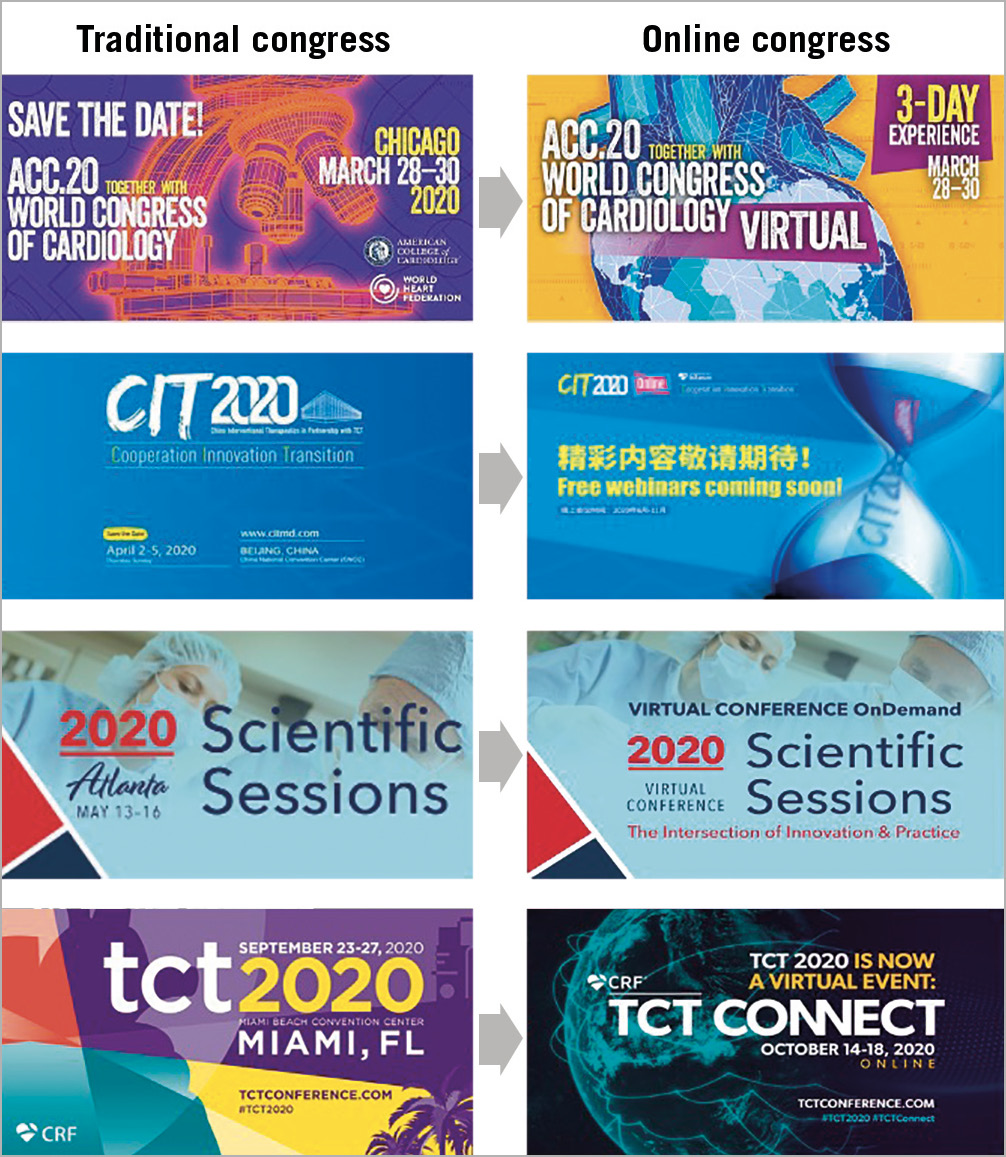
The pandemic of coronavirus disease 2019 (COVID-19) and the associated severe acute respiratory syndrome coronavirus 2 (SARS-CoV-2) is a once in a century public health emergency of international concern. Since neither effective vaccines nor specific treatments are yet available, public health measures have been the only available tools to mitigate the impact of the virus. Reducing and delaying community transmission of the virus has been a key public health strategy to prevent overwhelming healthcare resources that are available to treat the infection. Hand hygiene, respiratory etiquette, and social distancing have become the mantra of recent months. These measures, combined with more extreme restrictions on commercial and social life, have successfully “flattened the curve” of exponential virus transmission. Many European nations are now taking tentative steps towards lifting restrictions in a phased manner, and restarting their economies. This is the “new normal”.
The restrictions on social gathering and travel have had important implications on many aspects of our society. Religious and sporting events, music festivals, large tech and automobile conferences, and even St Patrick’s Day parades have fallen victim to this unprecedented emergency. Medical conferences, including the ACC Scientific Sessions, CIT, SCAI Scientific Sessions, ESC Congress, TCT, and AHA Scientific Sessions, have been cancelled and replaced with online events or summits (ACC →ACC Virtual; CIT →CIT Online; SCAI →SCAI Virtual Conference; ESC →ESC Digital; TCT →TCT Connect; AHA →AHA Virtual) (Figure 1).

Figure 1. The online pivot of 2020.
Unlike online webinars or e-lectures, an online conference can provide the participant with several educative opportunities on a specific topic or variety of topics, according to their interest. What about the content of PCR Courses, which, unlike typical congresses, aim to deliver practical and clinically impactful education, in addition to expanding the participant’s scientific knowledge? Some of the session formats used at PCR courses are potentially amenable to online delivery, e.g., Live-in-a-Box Cases, How Should I Treat discussions, Tools and Techniques sessions. Pending adjustment to the electronic format, complex cases or even complications could also be delivered effectively online. The cornerstone of PCR educative activities, the sharing of experience, could also be maintained to a great extent using live questions to the session chairs and panellists, or via “chat rooms”, as currently happens with the React at PCR system.
Online conferences can reduce the overhead costs to the individual, conference organiser, and sponsors. At an individual level, the cost of transport, hotel accommodation, and food would be eliminated. The conference organisers can save on venue and equipment hire, catering, and support staff. Lower costs can allow organisers to invest in their content and the quality of the learning experience. Long-term contracts with venues or providers can be avoided. Similar cost efficiency could be realised for event sponsors.
Online congresses have additional important and tangible benefits for participants and organisers. An online event has a potential audience far beyond that of any physical congress since anyone with an internet connection and a smartphone, computer, or tablet can attend. Virtual congresses are convenient for attendees since time away from home or the hospital is not required and scheduling conflicts that prevent online participation are unlikely to arise. At most congresses, participants often have to choose which session to attend when two or more lectures of interest are occurring concurrently. In contrast, online attendees can participate in sessions that occur concomitantly and can have access to all sessions in perpetuity. The course can then be relived and studied at a time convenient for the participant.
Despite the aforementioned advantages and technological developments, virtual conferences have not, to date, become a realistic alternative to the real thing. Certainly, online courses do not provide the same opportunities to network with colleagues, researchers, and industry, or to socialise with friends. Societal and research meetings, advisory boards, and a host of other face-to-face interactions are scheduled to coincide with large congresses. Indeed, it has been suggested that scientific collaborations developed from traditional congresses are more likely to be cited than those developed between researchers in the same institution1. Face-to-face networking opportunities are becoming more and more scarce in today’s digital world and are clearly valued by participants. It is this social interaction that occurs during coffee breaks and lunch time, and in the various hostelries in the evening, that brings attendees back to Paris or Rome or San Francisco year after year.
Although convenient, online congresses can have important challenges. Of particular relevance, given the current frenzy to develop online materials, is the availability of expertise to develop effective and engaging online courses. Adult distance learning is an art form in itself and differs considerably from traditional experiential learning. Other potential shortcomings of online courses include the restrictions associated with the digital platform chosen to deliver the content, and often the quality of the online transmission can be variable. Participants will quickly lose patience with suboptimal audiovisual platforms. Screen fatigue, medically described as asthenopia, can occur with protracted computer screen use, and avoiding interruptions during online broadcasts is challenging. Virtual meetings cannot provide the hands-on and simulation-based training that is fast becoming an important tenet of cardiovascular medical education. It is also open to discussion whether the traditional live case format should remain in a digital course. Is it ethically appropriate to broadcast live cases online?
In 2020, the COVID-19 pandemic has necessitated that most large medical conferences deliver their educational content online. This virtual pivot will provide an important distraction during these difficult times and will deliver a blueprint for the effective delivery of online interventional cardiology education in the future. Whether our annual conferences remain wholly or partially digital remains to be seen, but it is likely that the transition to online and distance learning has begun in earnest. But, as Spencer B. King III quips, “April in Paris”2 is hard to beat ….
Supplementary data
To read the full content of this article, please download the PDF.

